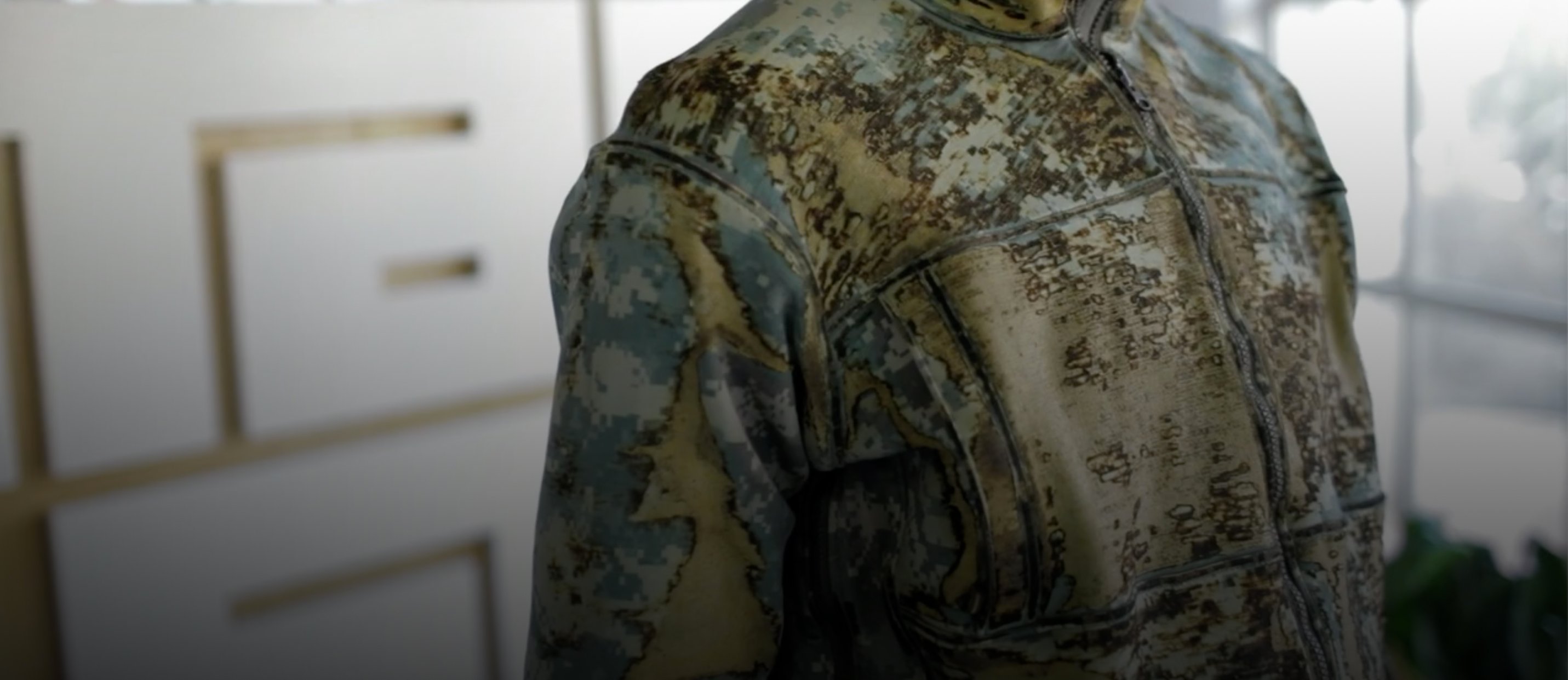
Flame Resistance
Until recently, creating a flame-resistant fabric or garment meant decreasing comfort and reducing critical performance characteristics such as breathability, stretch, and wicking. Massif began with the radical concept that protective flame-resistant gear can perform as well as the best outdoor clothing on the market. Since 1999, Massif has invested tens of millions of dollars and tens of thousands of person-hours engineering a new generation of performance FR fabrics that provide protection for people who take on the world's most dangerous jobs.
Most fabrics are made of combustible materials (such as cotton, nylon, and polyester) and will ignite when exposed to a flame. A flame hazard may be short-lived, but if your clothes catch on fire, the potential for burn injuries is exacerbated. Thus, the most important defining characteristic of an FR fabric is that it doesn't support combustion – meaning that, at least, it won't add to a burn injury; and, in many cases, will protect the user from getting burned by creating a thermal barrier between a flame hazard and the skin.
When you wear a Massif FR garment, you can trust that it will provide you with a proven combination of flame resistance, performance, and comfort. The performance and comfort will be obvious. And hopefully, you'll never have an opportunity to learn about the quality of our flame resistance from a real world experience. But if you do, you'll be glad you invested in a quality product.
In the video below, SFC Sarah Walker gives a first-hand account of being in a suicide bombing in Afghanistan and how the Massif ACS protected her from serious burn injury.
CW4 Skip Tackett, retired, has survived multiple helicopter fires. Here he talks about a refueling fire in an AH-64 Apache and how flame-resistant clothing literally saved his life.
